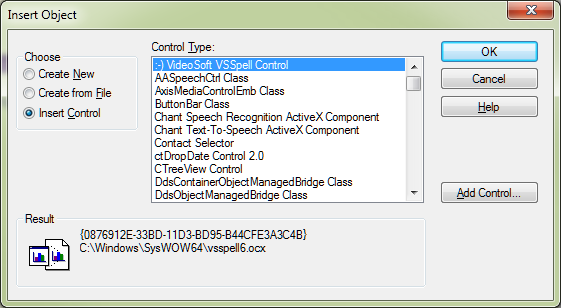In 1999 I have been dabbling with Sockets and I had many problems keeping the connection working. Frequently the sockets would lock up and the app would have to be restarted. Has Socketting improved or stabilized with VFP 9?
I need to communicate between 2 PCs, the other PC being on the other side of the globe. The messages could be as little as a few words up to several paragraphs. The communication is not always going to involve Users on both ends, therefore I need VFP to be able to generate requests and replies from within an app, as well as forward and receive user messages. (Same app on both PCs) It would also be nice to be able to send images, short videos and audio. If not, possibly files could be passed back and forth via Shell Scripts by the VFP apps. No connection should be available for users to access the other PC, (for security reasons.)
If someone has a better idea than sockets, feel free to let me know.
Regards,
Dennis Kean
Simplicity is the extreme degree of sophistication.
Leonardo da Vinci
I need to communicate between 2 PCs, the other PC being on the other side of the globe. The messages could be as little as a few words up to several paragraphs. The communication is not always going to involve Users on both ends, therefore I need VFP to be able to generate requests and replies from within an app, as well as forward and receive user messages. (Same app on both PCs) It would also be nice to be able to send images, short videos and audio. If not, possibly files could be passed back and forth via Shell Scripts by the VFP apps. No connection should be available for users to access the other PC, (for security reasons.)
If someone has a better idea than sockets, feel free to let me know.
Regards,
Dennis Kean
Simplicity is the extreme degree of sophistication.
Leonardo da Vinci


